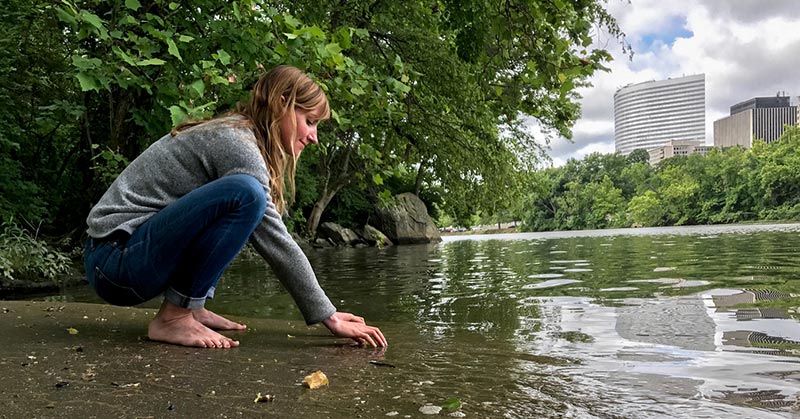For many of us who live in cities, the hectic nature of modern life can leave you feeling tired. As the days and weeks blend together, we exist in a consistent state of auto-pilot. Ultimately, we end up feeling totally drained, both physically and psychologically, which can lead to all manner of ailments. The answer according to Japanese Society for Hygiene is forest bathing. Read on to discover exactly what forest bathing is and how to make it a regular part of your schedule.
What is Forest Bathing?
Originally a concept created by the Japanese (called Shinrin-yoku), forest bathing in the simplest sense is the act of immersing yourself in nature for a short period of time by walking and/or sitting in a wooded area. Devised in the 1980’s, it is a form of therapy that now is at the very heart of Japan’s preventive health care and healing.
With so much of modern life taking place in the office, it is easy to see how you may have neglected your connection with nature. But when we lose this connection, we cause ourselves all manner of physical and psychological issues.
Benefits of Japanese Forest Bathing
Studies have shown that forest bathing can dramatically reduce the risk of depression, infections, and insomnia. In fact, since stress is cited as a major cause of heart disease and cancer, the lowered stress levels that forest bathing causes is the ideal activity for maintaining a healthy life.
A 2015 study also reported changes in the brain after only 90 minutes of hiking outdoors. Participants reported less negative thoughts and brain scans showed reduced neural activity in areas associated with mental illness risk.
Forest bathing allows you to take a breath and focus your thoughts away from the stresses and strains that you face on a daily basis. The beauty of forest bathing is that it is by definition a short period of time that can easily be squeezed into even the busiest schedule.
How to Squeeze 30 minutes of Forest Bathing into your Schedule?
Of course ideally, you would be able to spend hours and hours wandering through a wooded area like a 21st century Thoreau but the reality is that this isn’t practical. However, there are a few ways you can get the most out of the practice even on a short time budget.
Turn off your phone!
Forest bathing is not the art of finding a quiet spot for answering emails and texts! Take the time to switch off your phone and sit quietly with your thoughts. When you don’t have long to forest bathe, remove the distractions of daily life to gain the most from the experience.
Take Food
Rather than spending your lunch seated at your desk or your evening meal in front of the TV, take a picnic out to the park. It is the perfect way to squeeze in some nature time when you’re really busy, while also taking the time to enjoy the food you’re eating. Try taking down a fresh and green meal to truly indulge in your surroundings and look after your health.
Go rain or shine
Of course walking or sitting in the woods is much more pleasant when it’s warm outside. However, by taking advantage of the woods when the weather isn’t so nice, you’ll find that there will be fewer people around. Having the woods to yourself will give you the time to really relax into your thoughts without outward distractions – plus the trees will protect you from the worst of the wind and rain.
Meditate
Meditating is a common practice associated with forest bathing and is an ideal way to really focus in on yourself and your surroundings. In particular, focusing on the sounds of the forest will open your mind to the little things that you often don’t hear amongst the hustle and bustle of daily life. Take the time to appreciate the birds singing, the wind rustling through the leaves and most importantly the time to appreciate yourself.

